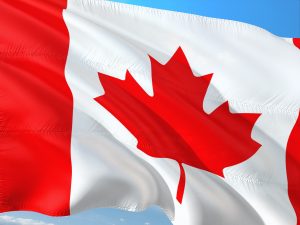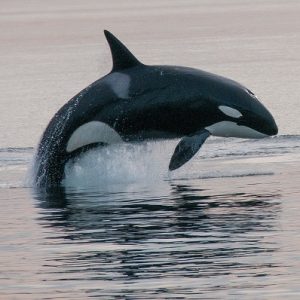Canada
Canada Country Profile
 Canada is the second largest country in the world, covering an area of 9,984,670 sq. km. It’s located in Northern North America, bordering the North Atlantic Ocean on the east, North Pacific Ocean on the west, and the Arctic Ocean on the north. With a population of over 38.5 million, approximately 90% of the Canadian population is concentrated within 160km (100m) of the US border. Canada’s official languages are English and French.
Canada is the second largest country in the world, covering an area of 9,984,670 sq. km. It’s located in Northern North America, bordering the North Atlantic Ocean on the east, North Pacific Ocean on the west, and the Arctic Ocean on the north. With a population of over 38.5 million, approximately 90% of the Canadian population is concentrated within 160km (100m) of the US border. Canada’s official languages are English and French.
Geography & Wildlife
The climate of Canada varies from temperate in south to subarctic and arctic in north. In non-coastal regions snow can cover the ground for almost six months of the year. The terrain is mostly plains with vast expanses of lakes and rivers. The west of Canada is largely mountainous with lowlands in the southeast. Canada has a vast maritime terrain with the world’s longest coastline.
Canada’s fauna include approximately 200 mammal species, and wildlife ranges from:
- black bear and beaver in the Great Lakes region
- moose, caribou and lynx in the boreal forest region
- grizzly bear, elk and cougar in the Rocky Mountains
- reindeer, polar bear and white and blue fox in the arctic expanse
- whales, sharks, walrus, dolphins and more than 10 species of seal inhabiting the Canadian coastal waters.
Main Conservation Challenges
Metal smelting, coal-burning utilities, and vehicle emissions impacting agricultural and forest productivity; air pollution and resulting acid rain severely affecting lakes and damaging forests; ocean waters becoming contaminated due to agricultural, industrial, mining, and forestry activities.
Our work in Canada

© David Howitt
ORCALAB
Animals: orca
Supported since: 1994
Work: conservation
Born Free supports OrcaLab to conserve wild orca populations and to raise public awareness around the social complexities of wild orca.
